Knowing another language is a valuable skill — one that could boost your salary and your brain. While there are many paths to picking up a foreign language, here are ten of the most tried-and-trued ways to become bilingual or even a polyglot.
Illustration by Tina Mailhot-Roberge.
10. Learn While You Surf the Web
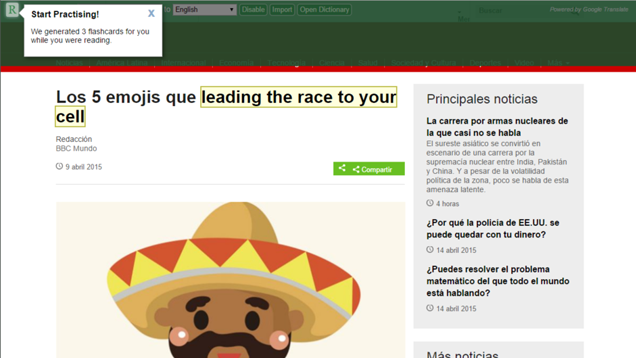
Chances are, you, Lifehacker reader, are on the internet a lot. If you’re trying to learn a new language, turn that web browsing time into learning time as well. The Language Immersion extension for Chrome helps you build your vocabulary and language knowledge by translating parts of the web page you’re on into your target language. Previously highlightedReadlang is similar, but it also creates flashcards for you and offers other study tools. Bonus tip: read newspaper sites written in your target language for even more practice.
9. Hack Your Home and Your Gadgets to Use the Other Language

Besides your browser, the everyday objects you come into contact with can also be a source of learning. You don’t have to label your pets with Post-It notes, but switching to a foreign language in your phone, tablet, computer, or gaming system could burn more foreign language words into your memory.
8. Use Anki for Smart Vocabulary Practice
Anki is one of the most recommended tools for learning in general. The smart flashcards teach through repetition and adapt to your particular strong or weak points.
7. Use Duolingo for a Personalised Foreign Language Coaching
Previously mentioned Duolingo is our favourite language learning tool. The free web and mobile apps help you track your progress, connect you to a community of fellow language learners, and motivate you to learn more with virtual rewards and badges.
6. Take a Free Online Class or Download a Free Language Audiobook
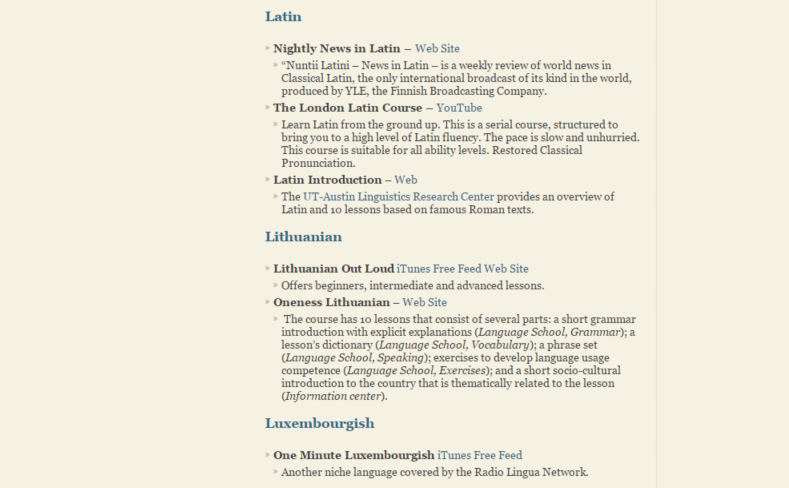
There are free online classes for just about every subject these days, and foreign languages are no different. Open Culture’s collection of free language learning resources (audiobooks, websites, textbooks, and more) is still a treasure trove. It covers 48 languages, from Amharic to Yiddish.
5. Sneak in Learning Time with Your Phone
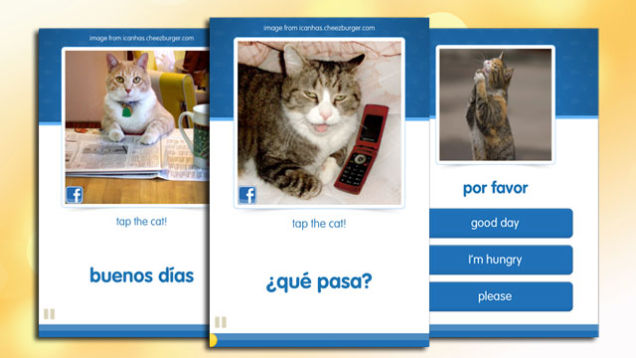
Spare time on the go is prime time to brush up on your language studies. Besides Duolingo and Anki, we’ve featured numerous mobile apps that train you in a short amount of time, just with your smartphone. There’s the funny CatAcademy and 5-minutes-a-day Drops (for iOS), Quizlet Lock Screen (for Facebook mobile and desktop), and Lingua.ly (for Android), to name a few.
4. Write Down Everything You Hear When Studying a Foreign Language
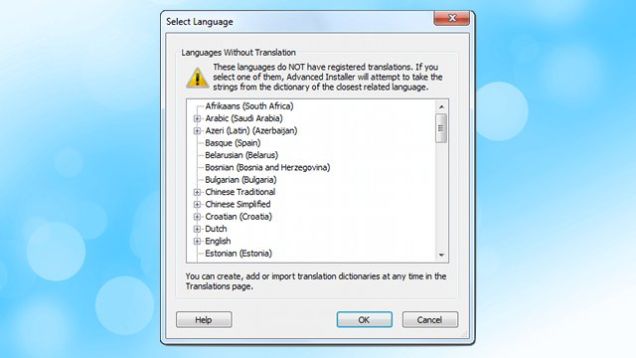
We learn more effectively when we write things down. One of the most effective ways to learn a new language — especially when you don’t have anyone else to practice with — is simply dictation. While listening to language lessons, write down everything you hear. This will train your ear for accents and such but also, most importantly, force yourself to pay attention.
3. Learn Through Entertainment
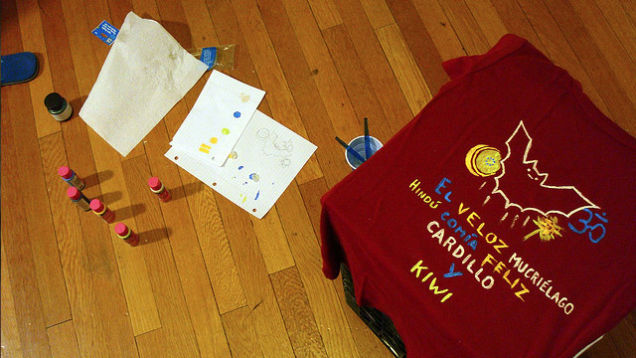
Studying a foreign language can feel dull, especially when you’re memorising the most important 1000 words in your target language. Pop culture, on the other hand, is a great way to learn a new language — music, memes, TV shows and other entertainment are more fun to dive into than most textbooks. Spend time watching movies in other languages (with the subtitles on), listen to podcasts in the other language, and / or learn through music videos. Isn’t that how the mermaid in Splash learned to speak English?
2. Talk Constantly in the Other Language
Application is the key to learning a foreign language as fast as possible (and not forgetting what you learned). Benny Lewis recommends speaking with a native speaker for at least 30 minutes a day if you can. If you don’t have anyone nearby to practice with, WeSpeke and Verbling both can pair you up with a partner for conversations.
1. Use Spaced Repetition, Study Before You Sleep, and Other Research-Backed Tips for Language Learning
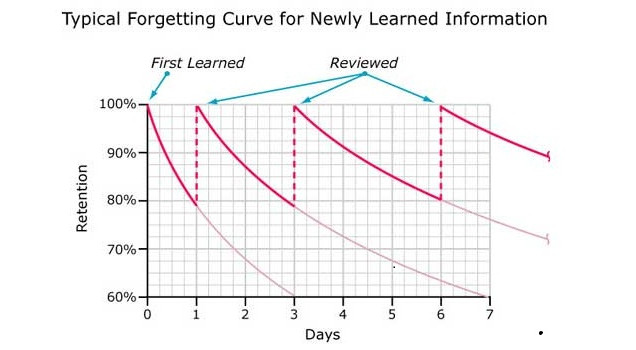
It’s not as easy for adults to pick up a new language as it is for little kids with their sponge-like brains. But you can still master a new language and learn efficiently if you know how your brain works when confronted with this challenge. Here’s the science of learning a new language: why spaced repetition is best, you should study at night, look for content in the other language in subjects you enjoy most and why you should mix the old concepts with new ones while you’re learning.
This language learning plan from Fluent Forever author Gabriel Wyner can help you structure your own personal language course.

Comments
4 responses to “Top 10 Tips And Tools For Learning A New Language”
A lot of these rely on your ability to”read” text in the foreign language. This falls apart when you want to learn Greek – and gets worse as you move on to Korean, Thai, Chinese, etc.
not to worry, there’s an app for that 😉
Though of the languages listed there, I found hangul was reasonably easy to learn.
Agreed. However, food many languages the font can be learnt fairly quickly, say in a week our two. Greek is very similar to English as is French. Chinese-now that would be tough.
The Greek and Russian alphabets are relatively easy, it’s the Asian CJK trio that cause the most trouble for us Anglo Saxons 🙂